Tributary Area (Loading)
Important Point
Let a block supported by beams and columns, to begin structural analysis for each member, we’d wish to perceive the quantity of load transferred to this member, the quantity of load transferred to any member are determined exploitation tributary area (loading) plan. The maths of a structure will make sure the shape of the tributary house.
The tributary area could be a loaded space that contributes to the load on the member supporting that space, example- the world from the middle between two beams to the middle of consecutive two beams for the complete span is that the load on the middle beam. It may also be known as the load outer boundary.
Tributaryspace is that the space encompassing the column that’s finite by a panel center line. So, to calculate the forces and static masses transferred from floor slabs to the columns tributary space methodology is employed.
Commonly, designers utilize a tributary area in columns for transferring masses from slabs to columns/ cipher reactions of the beams framing into the columns. The appliance of the previous methodology is additional common.
- Column Load
- What Is Pad Foundation
- How Many Feet Wide Is a Queen Size Bed
- Different Crane Types
- Shower Pan Cement
- How Many 80lb Bags of Concrete in a Yard
- Power Shovel for Dirt
- Pier Foundation Design Example
- How Long Does Thinset Take to Dry
- What Is a Flight of Stairs
- What Is Contour Interval
- Plywood Compressive Strength
- Inverted Tee Beam
Tributary Area Examples
Ex. 1. Alaska State Fairgrounds Farm Exhibit Building
- Contains sunshade roof with a hip beam.
Ex. 2. Long Span Roof Load Path
- Every beam supports a region adequate to its span times half the space to the beam.
- The joists transfer their masses to the supporting truss girders on either aspect.
- The truss girders transfer their masses to the supporting piers and columns.
- Load rests on the roof deck.
- The pier supports half the area supported by the truss beam and area from different structural components that it supports.
Ex. 3. Mezzanine Floor System
- The girders aren’t single span.
- The area tributary to a beam equals the length of the beam times the addition of half the space to every adjacent joist
- The area tributary to a beam equals the length of the beam times the addition of half the space to every adjacent girder.
Ex. 4. Cantilever Loads
-
- The point load consists of the reaction from the 2 supported beams that equals the tributary space (1/2 the cantilever span times the spacing of the cantilevers) times the pressure load on the ground and the self-weight of the joist.
Ex. 5. End-Wall Framing
- The beam-columns don’t support any roof load, they help to resist lateral forces that they receive from the girts.
- The beam-columns transfer their lateral masses equally to the roof and foundation.
Ex. 6. Hip Beam
- This beam picks upload from joists of varied lengths. During this case the ensuing load distribution would have a linearly varied apart.
- The illustrated space is an element of the tributary space at the roof deck level.
- The hip beam conjointly picks up a degree load reaction from a try of the roof girders.
Tributary Width
When handling an easy span beam subjected to uniformly distributed load, one will take into account the tributary Length to get the reactions at the support to be L/2. However, once continuous beams are used this is often not correct.
PLF: Pounds per lineal foot is employed to explain masses on walls or long members like beams. The beam receives an equal load for every foot of length.
Uniform Load: A uniform load may be a continuous load on the whole length of a member.
Tributary Width: Tributary loading or tributary breadth is that the accumulation of masses that are directed toward selected support.
How to Calculate Tributary Area?
Tributary load denotes the load following on a member (required to style it). Many floor systems comprise a ferroconcrete block that’s supported an oblong grid of beams.
Such a grid of beams decreases the length of the block and as a result empowers the designer to diminish the thickness of the block.
The allocation of floor hundreds on floor beams springs from the geometric layout of the beams structuring the grid.
- Tributary space = tributary dimension x span
This assignment is often performed by an oversimplified visual analysis. The appointed space isn’t actually supported by solely the member to that it’s appointed.
- The results of the (true) uniform loading on the member = the results if the complete load of the tributary space was applied to the member.
Most style codes use the tributary space because of the primary parameter within the burden reduction calculations.
RAM idea helps to calculate the tributary areas by applying a uniform load to the block and scanning the flow of the vertical forces.
The tributary areas for the subsequent members are calculated from the unit load as follows:
1. Columns– the vertical reaction, however not but zero.
2. Walls– (not presently reduced).
3. Punching Checks – Check the vertical reaction, whether it is zero or not.
4. Design Strip Segments– absolutely the price of the distinction between the vertical shears at each end. Once multiple segments frame a span, the segments combined tributary areas are utilized in calculations.
5. Design Sections– absolutely the price of the shear. With the higher than calculations, it’s doable (but not common) for the total of the tributary spaces of walls and columns to exceed the entire floor area. This happens once one or additional of the support reactions are negative.
Tributary Load
Tributary-load means the buildup of masses that are directed toward selected support. The tributary load on the member is found by concentrating (or consolidating) the load into the center.
W= (Load/ Area) * Tributary Width
where:
W = distributed load in units of load/length
Tributary Area in Columns
- Knowing the ways of calculative the tributary space for columns is very important once we calculate the axial masses on the column.
- In manual calculations, the key issue of calculating the column masses is that the tributary space.
- When we have a tendency to calculate the masses on the vertical component we think about the tributary space technique for columns however it’s not restricted solely to the columns.
- Axial masses on the concrete walls are calculated from this technique.
- Depending on the realm of the column, we have a tendency to calculate the axial load on the column. When there square measure space masses, we are able to use this technique directly.
- However, once there’s a line load on the slabs, we are able to not use it directly.
- For example, once there’s a wall on the block and it’s settled on a part of the quarter of 1 panel, in such things, we have a tendency to think about the gap ratios.
- Depending on the gap to the wall, the axial load on the column is calculated. If the wall isn’t settled within the one-fouth of the space, thought-about, for the column, the wall load won’t be count for that specific column if we have a tendency to use the tributary area technique.
- The load calculation is going to be incorrect. Therefore, we’ve got to deviate from the tributary space technique for these sorts of calculations.
- In such things, distance to the wall is taken into account and masses on close columns square measure calculated supported the relative distances.
Useful Article for You
- Zero Force Members
- How Much Does a Yard of Concrete Weigh
- Cmu Wall Meaning
- Skeleton Steel Framing
- Gradient Road
- Budget Sunroom Ideas
- What Is Gypsum Board
- Types of Vaulted Ceilings
- How Does Baking Soda Remove Blood from Carpet
- What Are Forms in Construction
- How Heavy Is Dirt
- Tender Meaning in Architecture
- Dark Olive Green House
- Cast in Place Concrete
- Lean to Roof
- How Tall Is an Average Door
- Window Sill Height
- Concrete Cold Joint
- Types of Traps
- Types of Pipe
- Wood Supporting Beams
- Finishing Plaster
- Home Depot Scrap Wood
- Lvl Beam Size Calculator
- Structural Shell
- Curb Types
- Msand
- Optimum Dry Meaning
- Disadvantages of Low-E Glass
- Bridge Abutment Definition
- Build Materials List
- Composite Masonry Wall
- Is Cedar a Hardwood or Softwood
- Modified Proctor Test
- Physical Properties of Sand
- Crane Machine Construction
- Types of Gable Roofs
- Door Frame Types
- How Much Does 55 Gallons of Oil Weigh
- Dog Leg Stairs
- Concrete Salt Finish
- Westpoint Bridge Builders
- Types of Porches
- Hempcrete Disadvantages
- Roof Pitch Types
- Types of Weirs
- Asphalt Floor
- Dutch Roof
- #6 Rebar Weight Per Foot
- Prizmatic Compass
- Bond Break Concrete
- Poured Concrete Wall Cost Calculator
- How Many 60 Lb Bags of Concrete in a Yard
- Wood Fence Post Spacing Chart
- Falsework
- Design of Building Structures
- Topping Slab
- Types of Cinder Blocks
- Fresh Concrete
- Door Colors for Red Brick House
- Clear Cover Concrete
- Tiles Brand
- Cement Consumption in Plaster
- Weight of Concrete Slab Calculator
- Is Clay Smaller Than Silt
- How to Calculate Dead Load
- Bad Concrete Work
- Stepped Foundations
- Residential Construction Cost Estimator Excel
- Different Construction Trucks
- Septic Pump Replacement Cost
- Dead Load Calculator
- Beam Vs Column
- Concrete Mix Ratio
- Caisson Foundation
- Glulam Beam Weight Calculator
- Bituminous Pavement
- M30 Mix Ratio
- Is 2502
- Reinforced Brick Work
- Plinth Level
- Trapezoidal Footing Formula
- Slab Steel Calculation
- Rolling Margin of Steel
- Top 20 Pvc Pipe Brands in India
- Top 5 Cement in India
- How Much Weight Can a 6×6 Support Horizontally
- Types of Curtains
- Building Estimate Excel Sheet
- How Is the Skeleton Similar to the Frame of a House?
- Which of the Following Best Explains Why Buildings Tip During Earthquakes?
- Rate Analysis of Civil Works
- Water Tank Company Name
- 1 Soot in Mm
- Reinforcement Lap Length Table
- Well Point
- Plastering Ratio
- Rcc Value Day
- How Many Brick in a Cube
- Dubai Construction Company
- Steel Metal Price Per Kg
- Bathroom Fittings Company
- Coarse Sand Density
- Symbol for First Angle Projection
- Control Lines Construction
- Steam Roller Weight
Overview of Tributary Area
The idea of tributary areas is extremely helpful once computing the loading applied to structural components.
If the tributary space will be known, then it’s infrequently necessary to reason the progression of load transfer through the load path. The strategy will, however, have it’s limitations.
The two principal conditions for exploitation tributary space as a way for determinant component loading are:
- The load on the tributary space should be a continuing pressure.
- The supported components should be merely supported, single-span bending components or will moderately be assumed to transfer half their supported load to the supporting component.
The second criteria are not strictly true, however if the supported members do not seem to be merely supported single span members, the strategy loses it’s utility Tributary space is that space closes the column that’s finite by a panel centre line.
Hence, to calculate the forces and static masses transferred from floor slabs to the columns, the tributary space technique is employed.
The space encompassing the column by the middle-line of the panel is that the tributary area on that masses is supported by the column at the center.
When the tributary space is employed, the position of floor beams is not taken into thought, however an allowance for it’s weight is enclosed.
Designers will use the tributary space to calculate live masses, as long as the look codes specify the share of live masses transmitted to a column is a mathematical function of the tributary areas.
Hence, when the tributary areas increase, the loading reduction will also increase. That’s why this technique of load transfer in columns is favoured by designers.
Also, Read: What Is Soil Vent Pipe | How Does Soil Stack Pipe Works | Soil Vent Pipe Material | Types of Plumbing System
Tributary Area
The tributary area is a loaded area that contributes to the load on the. member supporting that area, ex. the area from the center between two beams to the center of the next two beams for the full span is the load on the center beam. It can also be called the load periphery.
Tributary Width
Tributary width is the length on which the area load works, not the distance between the member and the nearest structural support, a hip girder in this case (it would be half this distance). The overhang is fully carried by the garage header so the full overhang length is added to the tributary width.
Tributary Area Definition
The tributary area is a loaded area that contributes to the load on the. member supporting that area, ex. the area from the center between two beams to the center of the next two beams for the full span is the load on the center beam. It can also be called the load periphery.
Tributary Width Definition
Tributary width is the length on which the area load works, not the distance between the member and the nearest structural support, a hip girder in this case (it would be half this distance). The overhang is fully carried by the garage header so the full overhang length is added to the tributary width.
What Is Tributary Area?
The tributary area is a loaded area that contributes to the load on the. member supporting that area, ex. the area from the center between two beams to the center of the next two beams for the full span is the load on the center beam. It can also be called the load periphery.
Also, Read: Difference Between Tied Column and Spiral Column | What Is Spiral Column | What Is Tied Column
How to Calculate Tributary Area?
The area that it supports equals the tributary width times the unit length. The load w that that unit length supports equals the tributary area (1*tw) times the uniform pressure load q.
Tributary Area in Columns
Tributary area is the area surrounding the column that is bounded by a panel centerline. In order to calculate the forces and static loads transferred from floor slabs to the columns tributary area method is used.
How Do You Find Tributary Area?
It’s dimension transverse to the joist is half the distance to the next joist on either side (also known as the tributary width) and it’s length is the length of the joist. The total load (in force units) on the joist equals the tributary area (area units) times the uniform pressure loading (force per unit area).
What Is Tributary Area of a Column?
The area surrounding the column bounded by the centerline of the panel is the tributary area on which loads are supported by the column at the of the area, as shown in Fig. 1. The dead load supported by the column is equal to the dead load per unit area times the area.
How Do You Calculate the Tributary Area of a Deck?
Tributary area can be calculated by measuring halfway to the next support (girder, house band, post) in each direction, then multiplying the length by the width of that rectangle.
What Is Tributary Width?
Tributary width is the length on which the area load works, not the distance between the member and the nearest structural support, a hip girder in this case (it would be half this distance). The overhang is fully carried by the garage header so the full overhang length is added to the tributary width.
What Is Tributary Dead Load?
The area surrounding the column bounded by the centerline of the panel is the tributary area on which loads are supported by the column at the of the area, as shown in. The dead load supported by the column is equal to the dead load per unit area times the area.
What Is Tributary Height?
The area tributary to the wall stud equals the sum of half the distance to each adjacent stud (i.e. the tributary width) times the height of the stud. The area of the lower half of the first floor studs is supported by the foundation.
What Does Tributary Load Mean?
The accumulation of loads that are directed toward a particular structural member.
How Do You Solve for Tributary Width?
Tributary loading or tributary width is the accumulation of loads that are directed toward a particular structural member. Example: Tributary width is 7 ft + 5 ft = 12 ft. If the load is 100 PSF, the load to the beam would be 12 ft x 100 PSF = 1200 PLF.
What Is Tributary Floor Area?
The tributary area is a loaded area that contributes to the load on the. member supporting that area, ex. the area from the center between two beams to the center of the next two beams for the full span is the load on the center beam. It can also be called the load periphery.
How Do You Calculate Tributary Area?
The area that it supports equals the tributary width times the unit length. The load w that that unit length supports equals the tributary area (1*tw) times the uniform pressure load q.
What Is Tributary Area in Structure?
The tributary area is a loaded area that contributes to the load on the. member supporting that area, ex. the area from the center between two beams to the center of the next two beams for the full span is the load on the center beam. It can also be called the load periphery.
How Do You Find the Tributary Width of a Girder?
Tributary loading or tributary width is the accumulation of loads that are directed toward a particular structural member. Example: Tributary width is 7 ft + 5 ft = 12 ft. If the load is 100 PSF, the load to the beam would be 12 ft x 100 PSF = 1200 PLF.
How Do You Calculate Tributary Area of a Deck?
Tributary area can be calculated by measuring halfway to the next support (girder, house band, post) in each direction, then multiplying the length by the width of that rectangle.
What Is a Tributary Area in Construction?
The tributary area is a loaded area that contributes to the load on the. member supporting that area, ex. the area from the center between two beams to the center of the next two beams for the full span is the load on the center beam. It can also be called the load periphery.
What Is a Tributary Stream?
A tributary is a freshwater stream that feeds into a larger stream, river, or other body of water. The larger, or parent, river is called the mainstem.
What Is One Example of a Tributary?
A tributary can be a tiny stream, but some are immense rivers. The Missouri River, for example, could be called a tributary to the Mississippi, even though it’s about 2,500 miles long and receives hundreds of tributaries itself.
What Is Tributary Area Concept?
The tributary area is defined as the area of floor or roof (in plan) that causes loading on a particular structural element.
What Is Tributary Area of Column?
The area surrounding the column bounded by the centerline of the panel is the tributary area on which loads are supported by the column at the of the area, as shown in Fig. 1. The dead load supported by the column is equal to the dead load per unit area times the area.
How Do You Calculate Tributary Load?
The area that it supports equals the tributary width times the unit length. The load w that that unit length supports equals the tributary area (1*tw) times the uniform pressure load q. Hence the load per that unit length is w = 1*tw*q = q tw.
Tributary Area of a Column
The area surrounding the column bounded by the centerline of the panel is the tributary area on which loads are supported by the column at the of the area. The dead load supported by the column is equal to the dead load per unit area times the area.
Define Tributary Area
The tributary area is a loaded area that contributes to the load on the. member supporting that area, ex. the area from the center between two beams to the center of the next two beams for the full span is the load on the center beam. It can also be called the load periphery.
Like this post? Share it with your friends!
Suggested Read –
- Concrete Cantilevers
- Build Up Area Definition
- Dead Load Bridge Definition
- Polysulfide Sealant Vs Polyurethane Sealant | Functions of Sealants | What Is Polysulphide Sealant | What Is Polyurethane Sealant
- What Are Survey Levelling | Important Terms Related to Levelling | What Are Different Types of Levelling | Types of Trigonometric levelling
- Parking In India | What Is Parking | Parking Statistics | Types of Car Parking | How to Park a Car Perpendicular | Types of Parking Spaces
- Building Layout | How to Building Layout | What Is Method of Layout of Building | Control Lines of Construction | Construction Layout
- What Is Road Pattern | Different Types of Road Patterns | Grid Pattern Definition | Radial Pattern | Rectangular or Block Pattern | Minimum Travel Pattern
- Definition of Shear Force and Bending Moment | What Is Shear Force | What Is Bending Moment | Relation Between Loading, Shear Force & Bending Moment
Originally posted 2023-09-19 00:33:00.
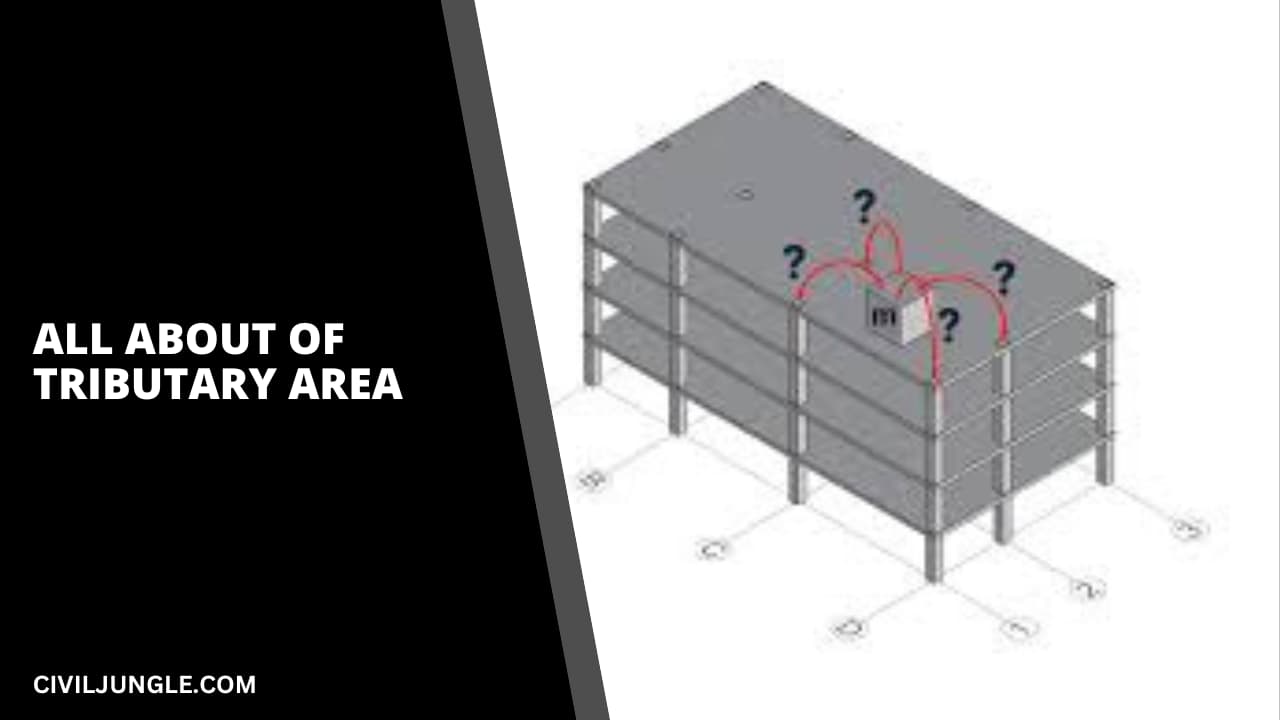
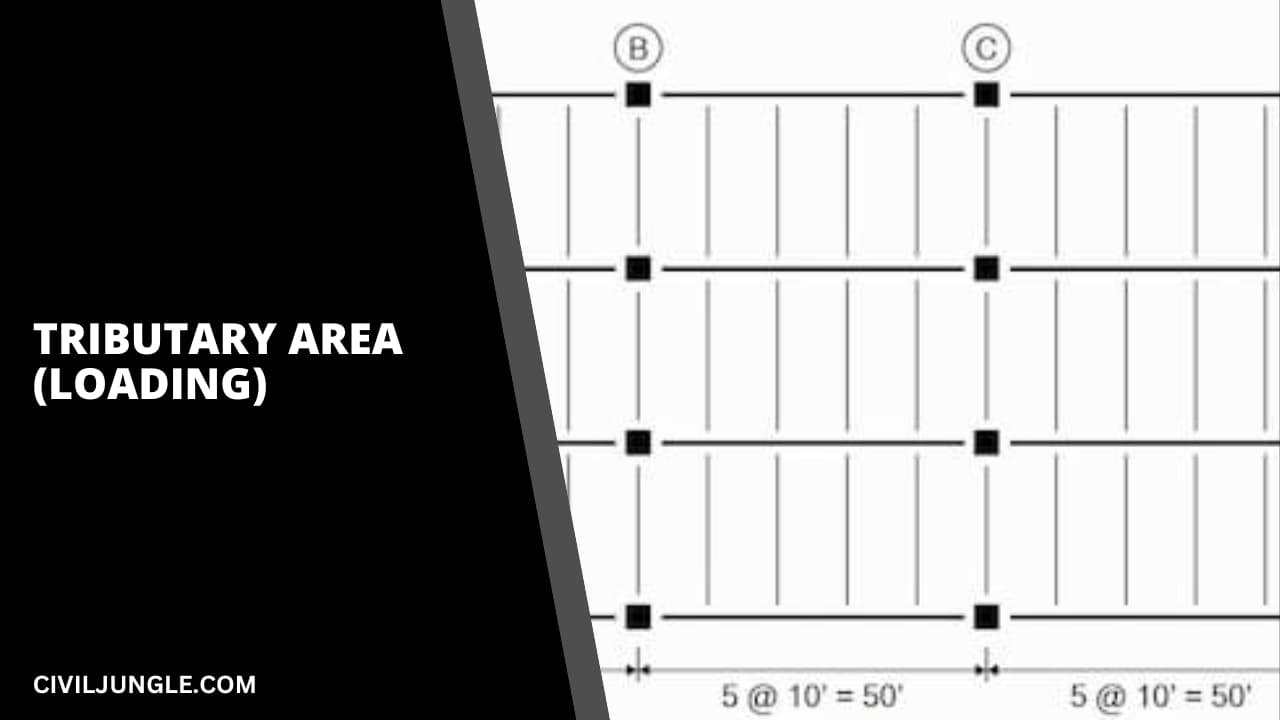
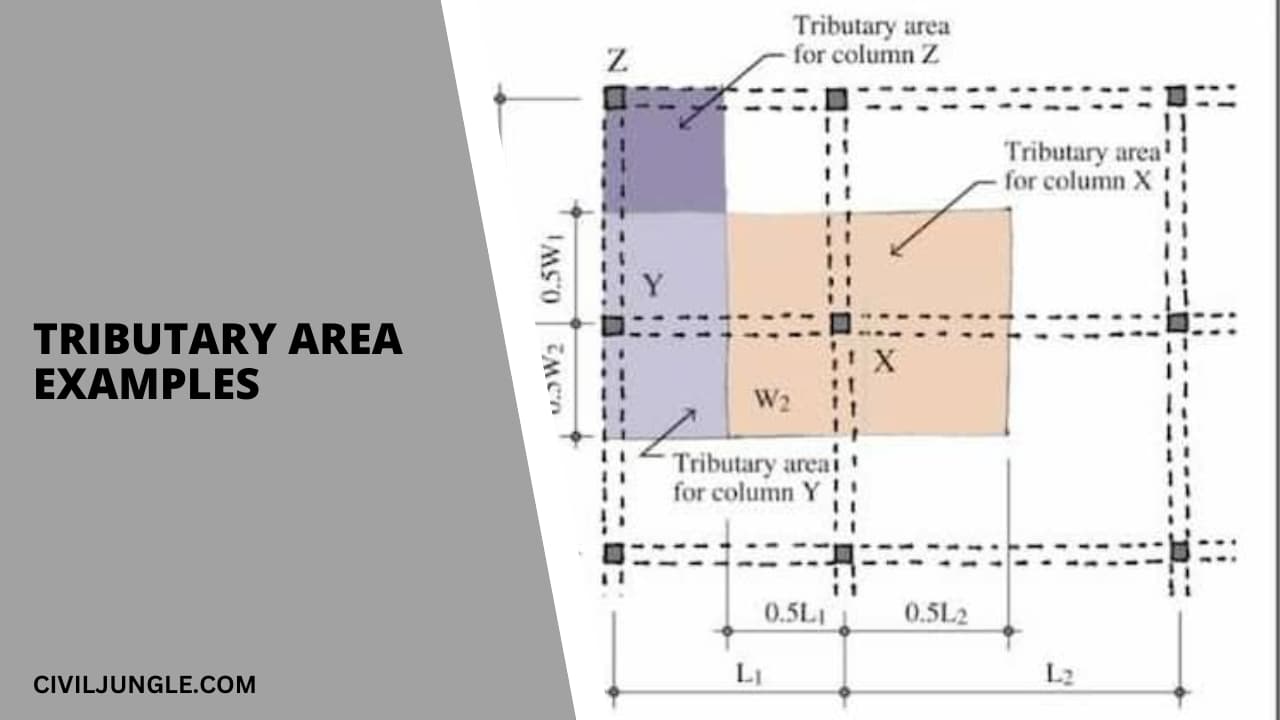
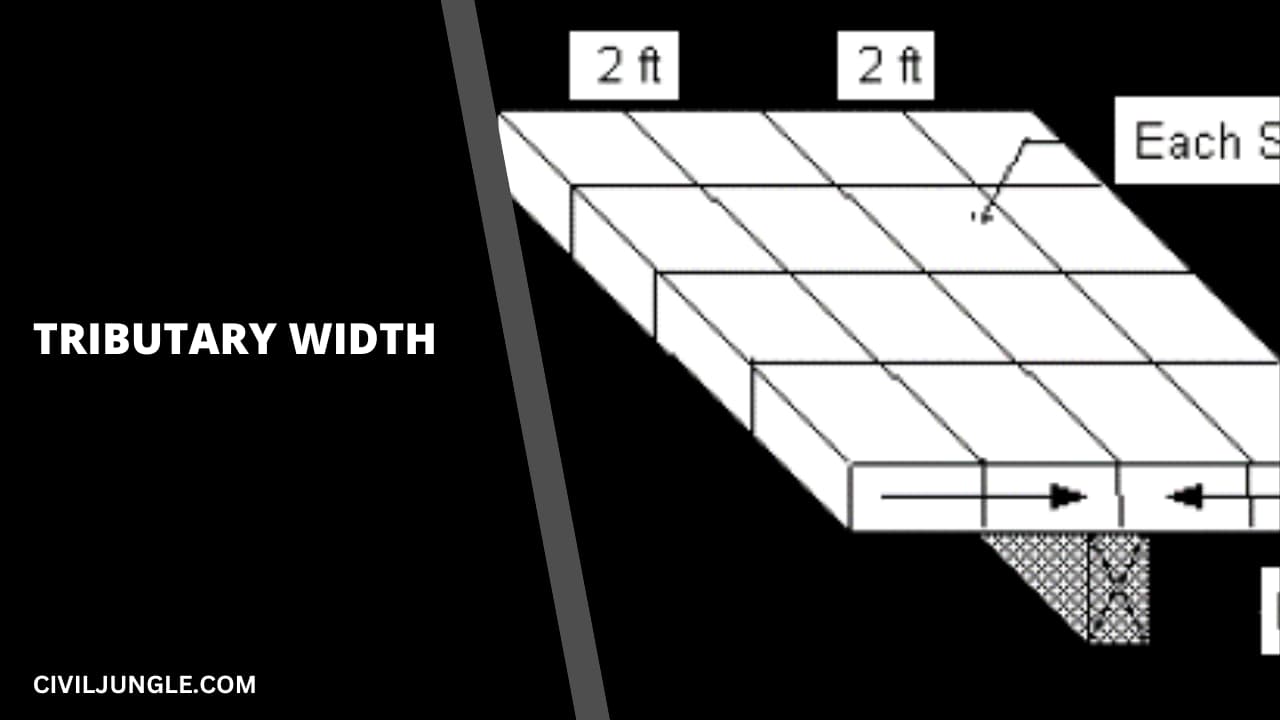
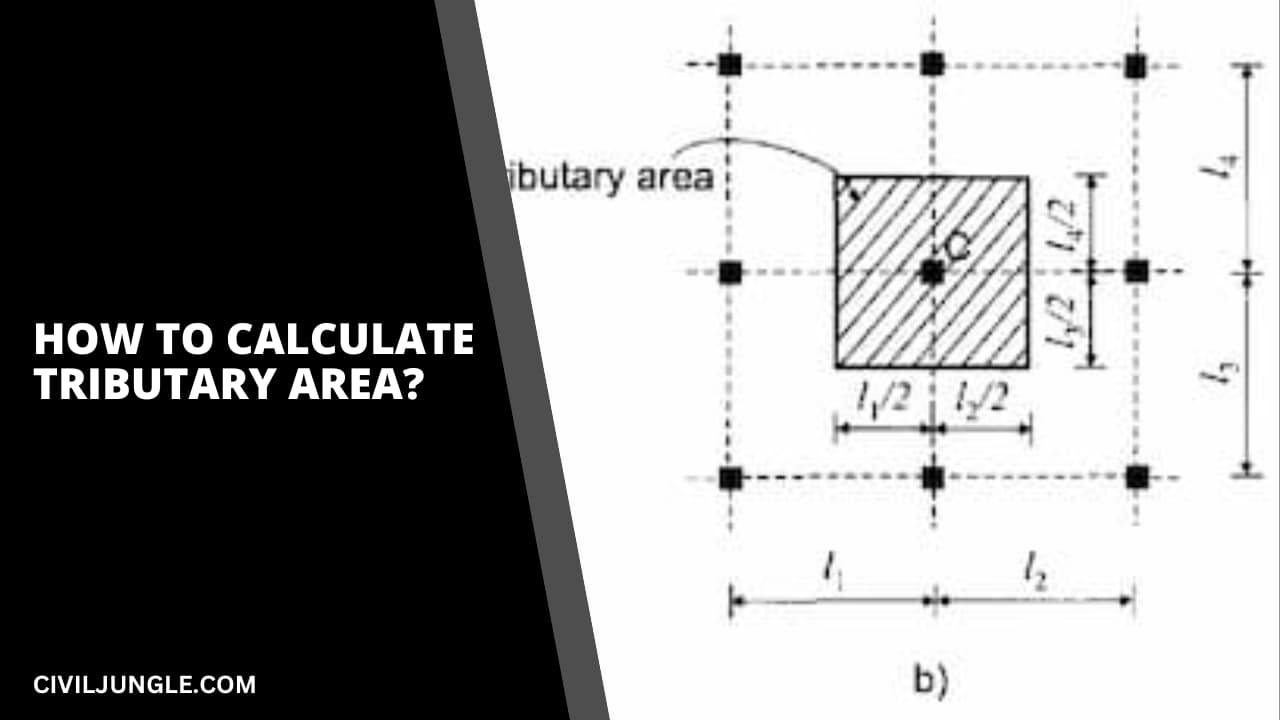
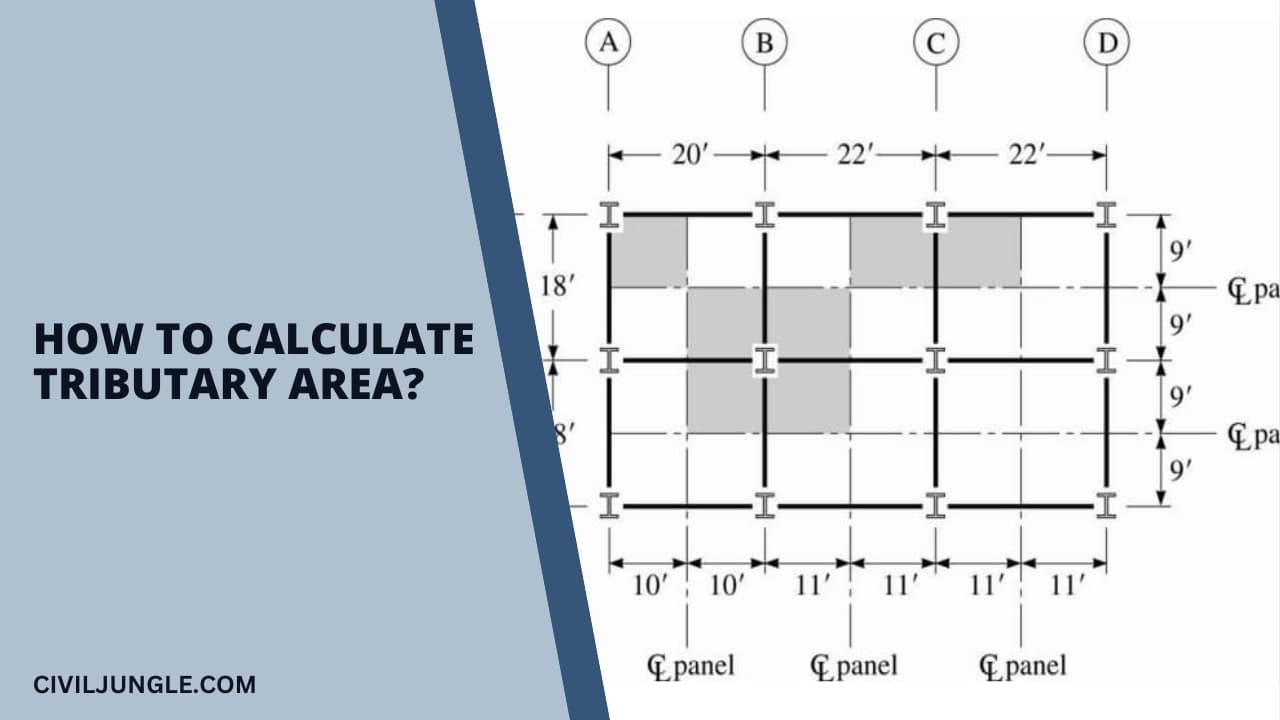
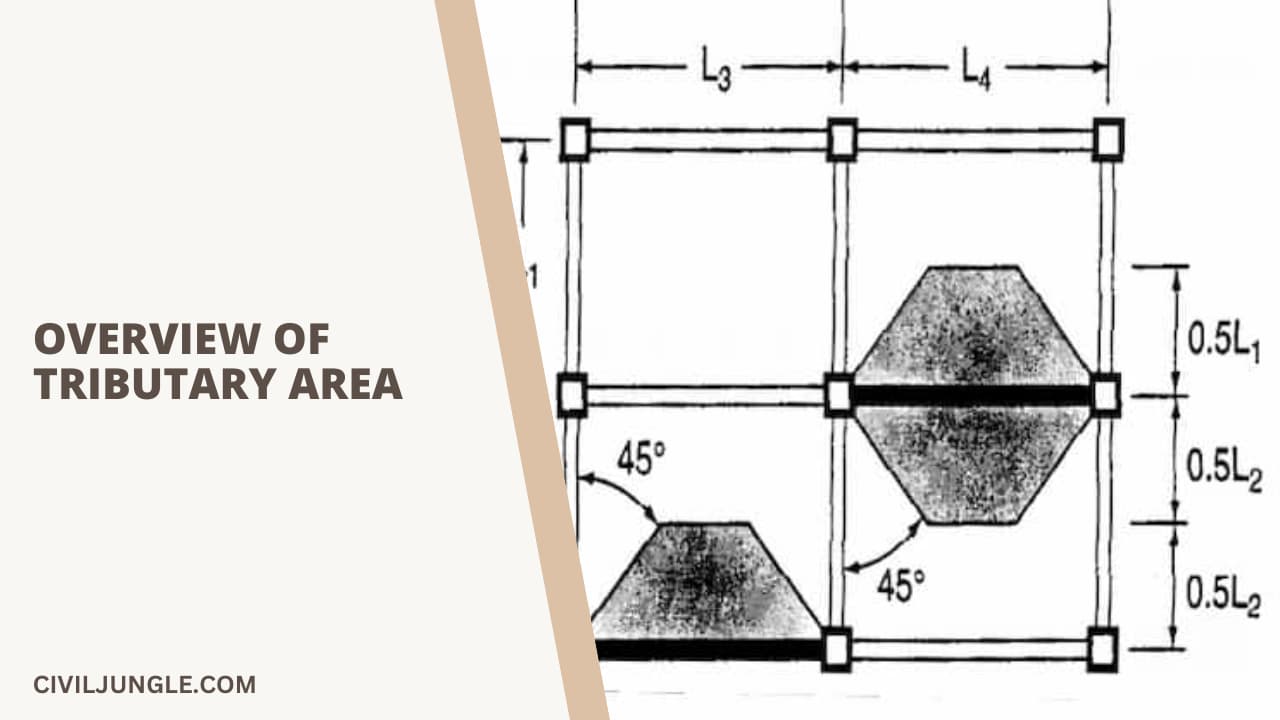

Leave a Reply